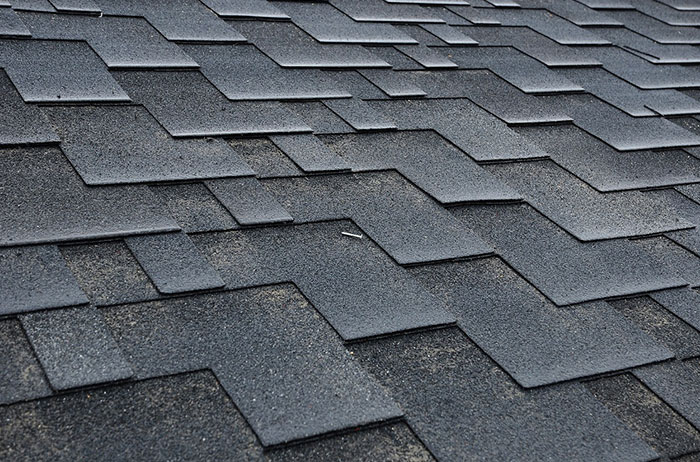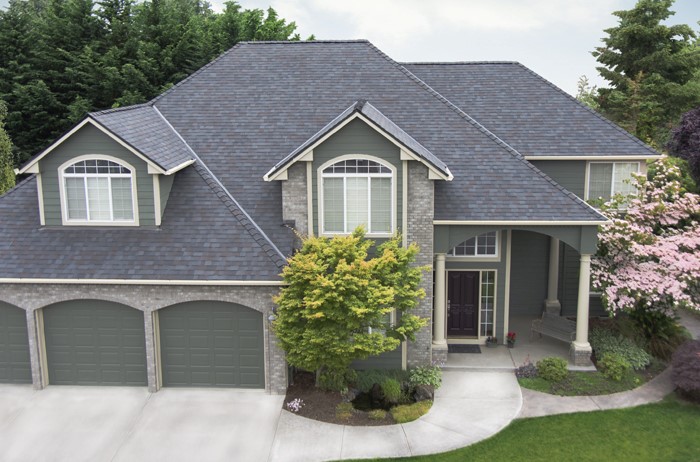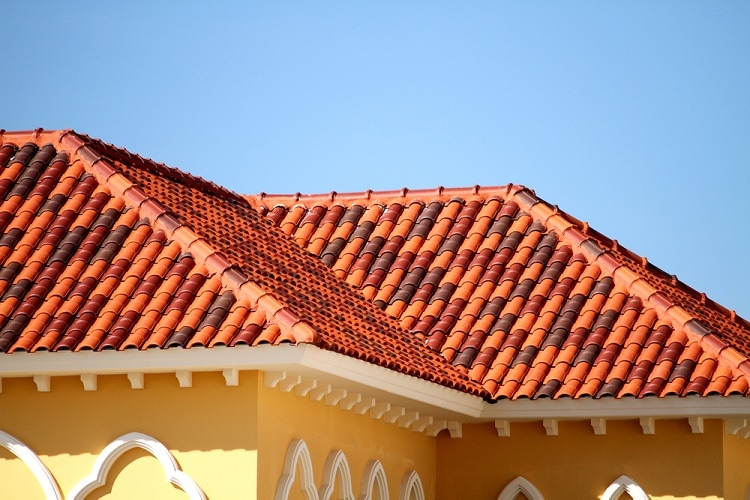In this article, when we say “roof”, we mean a sloped cover to a building, made of any material, and we do NOT mean a flat concrete slab that can be used by humans.Lets start with a well-kept secret, one that will give you an instant instinctive grasp of how the range of roofing solution works:
“the slope of the roof is a clear indicator of how hi-tech the roof is. A very low slope will mean a hi-tech roof, and a high slope a low-tech roof.”
To understand this principle, let us start with one of the most low-tech roofing systems: a thatch roof. Thatch roofs in most countries will have a slope of 45 degrees or so. This is because they are not very watertight. However, they are rather thick, most often 400mm (16″) or so. So the high slope forces the water to run off before it penetrates through the thickness of the thatch, a low-tech solution.
On the other hand, a state of the art system such as low-slope “kliplock” corrugated metal sheeting can be installed at slopes of 1 degree or less, as it is perfectly watertight.
Take a look at the image below, which shows the correct slopes for a range of roofing systems, to understand this in greater detail.
Apart from being watertight, a roof must perform other functions: it must support snow, must look attractive, must have a permanent abrasion-resistant finish, must not absorb heat in hot climates, and must not loose heat in cold climates.A roof must be able to withstand the following loads:
- wind loads, which can be very large in some areas
- human loads (if the roof is not accessible, it must be able to withstand the weight of maintenance workers)
- snow loads
- earthquake
For a number of reasons, the image of a building with a sloped roof has very strong roots in the human psyche – you will even find this on your browser, to denote a “home” page.
TYPES OF ROOFING SYSTEMS

A thatched cottage in England. Note that the ridges of the roof form have been given additional layers of thatch protection, and that this has been turned into a beautiful decorative element!
Thatch Roofs: are one of the earliest roofing systems created by man, and are still used in millions of structures worldwide. Made of dried plant stems, a thatch roof will commonly have a slope of 45 degrees and thickness of 400mm (16″). This thickness is made up of a number of layers of individual plant fibres. When water falls on a thatch roof, it will trickle from layer to layer as gravity pulls it downwards. So the thickness actually creates sufficient layers for the water drops to move horizontally out of the structure before they fall into a room. The steep slope serves to increase the speed of the drops, so that they quickly move out of the structure before falling inside. So this kind of roof is very different from other roofs, as it does not have a single watertight skin, but has instead a large number of partially waterproof layers.
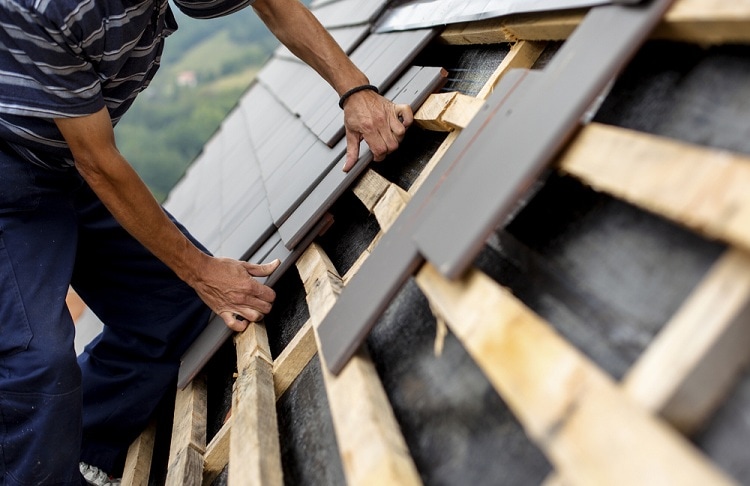
A slate roof being installed over wooden battens.
Slate or Stone Roofs: stone is not the greatest material for roofs, as it is heavy. Slate is a naturally occurring type of stone that splits into thin layers if you hit it with a chisel in just the right way. This produces thin, waterproof tiles that can be overlapped to form a roof. Since the stone tiles are not exactly the same size and thickness, this is not a system that is highly waterproof. Therefore it needs to have a good slope, of say 20 to 30 degrees, to force the water to run off the roof and not trickle through the gaps.
A traditional southern mediterranean style clay tile roof.
Clay Tile Roofs: clay tiles are a traditional kind of roofing material. Clay is a material that is both widely available and easy to shape into forms that have lips an channels to direct the flow of water. It is still widely used in many parts of the world, and has an attractive appearance.
Wood Shingle Roofs: wooden shingles are light and easily replaceable, and were used extensively in many parts of the world.
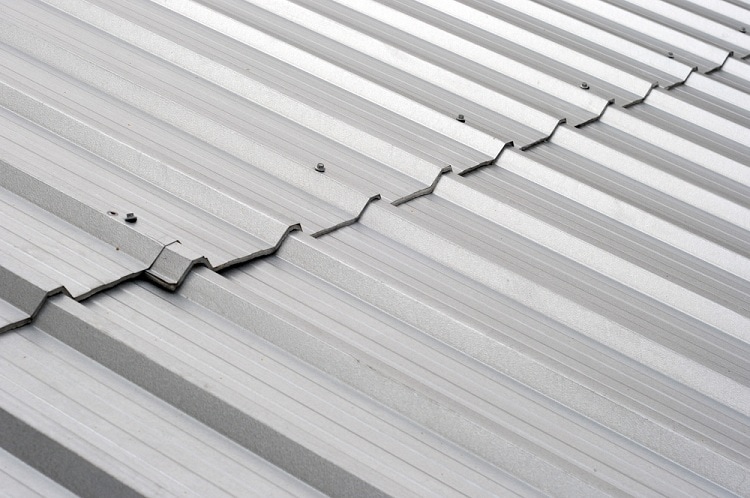
Corrugated metal roof sheeting is inexpensive and quick to install. It works best for the very large roofs of factories, stadiums, and airports, but can also be used in any type of building, including houses.
Metal Roofing Systems: metal roofing systems are hugely popular in today’s times. They are used in almost every industrial and airport terminal building and can also be used in residential and educational buildings. They make for an extremely light, strong, economical, and waterproof roof, and come in a very wide range of varieties. Commonly used metals are mild steel, aluminum, and stainless steel. Steel roofing sheets need to be protected from corrosion, and are usually
galvanized or coated with other protective layers. The sheets are quite thin, as much as 0.5mm in the case of steel, and 1mm in aluminum. They therefore require insulation and other layers to be incorporated into the roof.
Asphalt Shingle Roofing: this is a modern, “man-made” solution. Asphalt shingles are actually thin rubber-like sheets that are cut to look like clay or stone shingles. They are usually stuck onto the under-surface with an adhesive, or with hot bitumen.
Post Tagged with asphalt roofs, cedar roof victoria, clay roofs, flat roofs, metal roof victoria, metal roofs, roofers victoria, roofing systems, stone roofs, thatch roofs, torch on roofing,
victoria roofing company, victoria roofing contractor, victoria roofs

